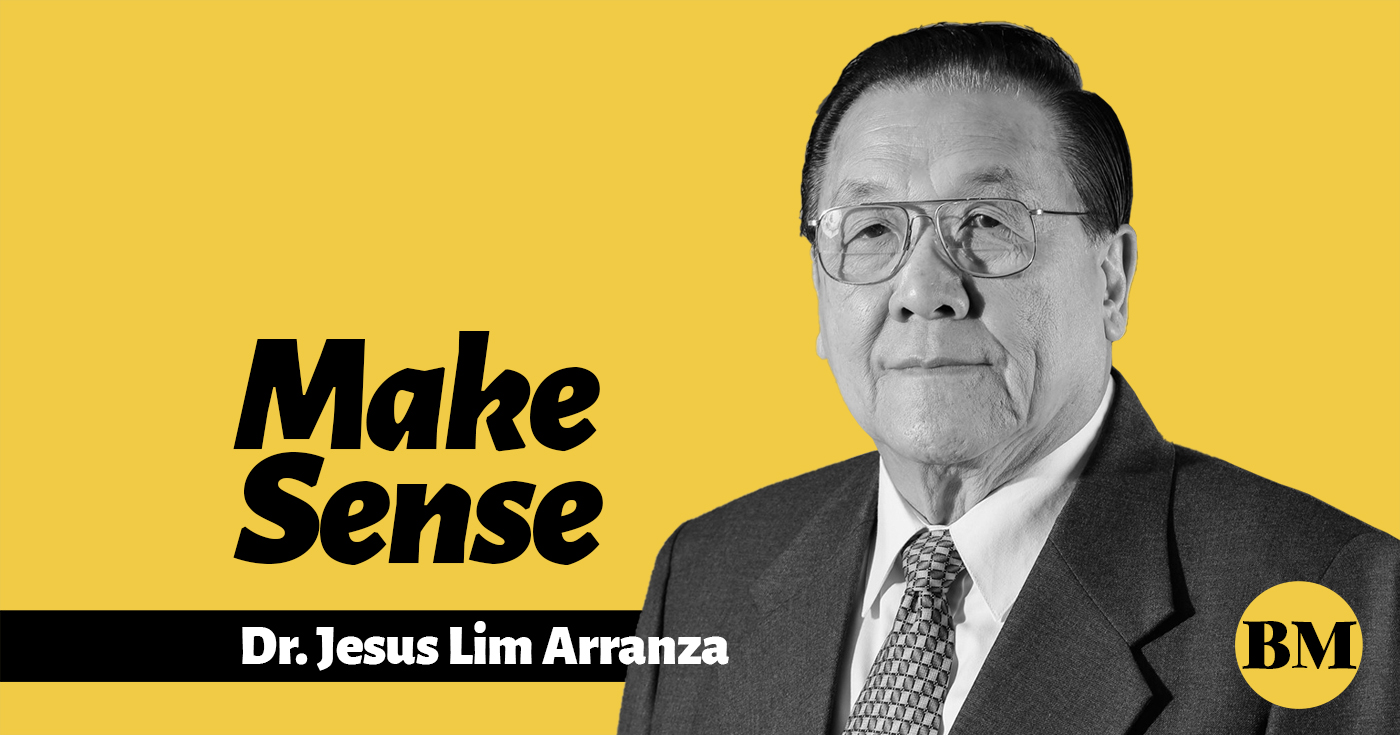
To challenge the current collection mechanisms takes an enormous level of creativity, persistence and strong dedication. The question is: Has the SSS utilized all ways available to fully collect all outstanding obligations to the pension fund?
The answer is not yet. There is one program that the SSC focused on last year, and this is expected to have a significant impact on collecting outstanding obligations from delinquent employers. This program is stipulated in the law that created the SSS, Republic Act 8282, otherwise known as the Social Security Act of 1997, and will be implemented soon.
Starting April the SSS will impose an additional mode of collection dubbed as the Warrants of Distraint, Levy and Garnishment (WDLG). The program will cause the seizure and acquisition of personal and real properties and garnishment of bank accounts of delinquent employers to pay for the unpaid SSS contributions, including interest and penalty.
With the WDLG, the SSS is hoping to collect P5.3 billion from delinquent employers on its pilot year.
To date, about 60,000 employers have failed to comply with the statutory obligations to the pension fund either because they are experiencing financial constraints or they intentionally want to evade the law.
WDLG is seen as a faster way to collect from delinquent employers, since the rigors of filing a case in court becomes an alternative collection mechanism. Decisions on court cases usually take several years, and employers dispose of their properties while the case is still pending or even go into hiding to avoid imprisonment.
This will be a thing of the past.
Based on guidelines of the WDLG, the SSS will issue a Letter of Authority and Preliminary Assessment Notice to the employer containing its total delinquency. After 15 days, a Final Notice Before Seizure (FNBS) will be sent to the employer and with instruction to pay the amount stated. The employer must file a protest, otherwise, the FNBS will become final and executory, and the SSS branch will issue the WDLG.
However, the erring employers are not without recourse. They can file a Request for Reconsideration based on existing records within 15 days, or file a Request for Reconciliation based on newly discovered or additional evidence within 30 days from the date of receipt.
The SSS has not less than 20 days to schedule for public sale the properties levied, seized and garnished. If the owner of the properties before sale will pay the total amount of delinquency, including other expenses, the warrants will be lifted and the properties will be restored to him.
On the other hand, if the public sale pushed through, the amount will be applied to the amount owed to the SSS. However, if the proceeds of the sale are not enough to cover the obligation, the SSS can still run after the employer for the deficiency.
Meanwhile, if the WDLG is not served either because the employer has no properties left or the employer already disposed of his properties, the case will be referred to the Legal Enforcement Group for filing of a criminal case in court.
Thus, delinquent employers cannot escape their responsibilities under the law, since the SSS has more options now to run after them and collect the contributions due to SSS members.
Under WDLG, members are assured that the SSS, as the custodian of their savings, will protect their money so that they can use it in times of contingencies.
The implementation of the WDLG as an additional mode of collection was made possible through the efforts of the members of SSC, namely: Vice Chairman, President and CEO Emmanuel Dooc and Commissioners Gonzalo T. Duque, Michael G. Regino, Anita B. Quitain, Diana Pardo-Aguilar, Arthur Amansec and honorary member Labor Secretary Silvestre H. Bello III.



























